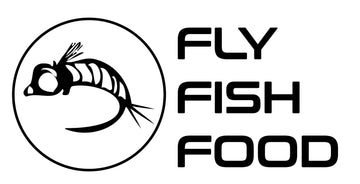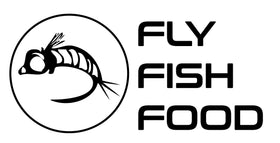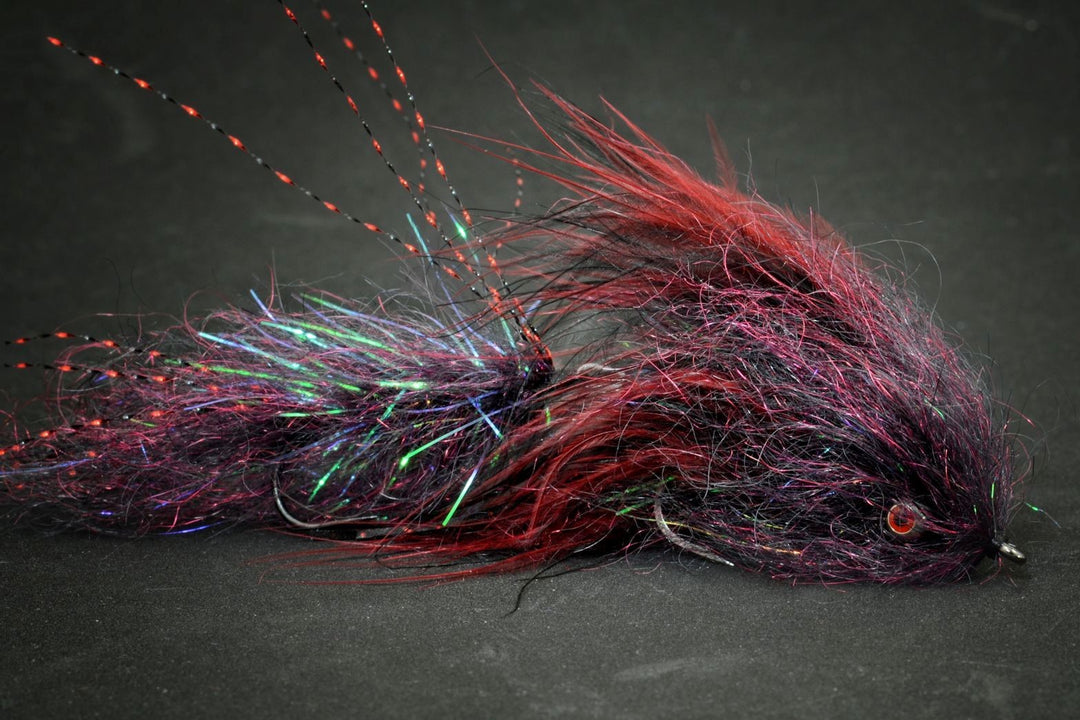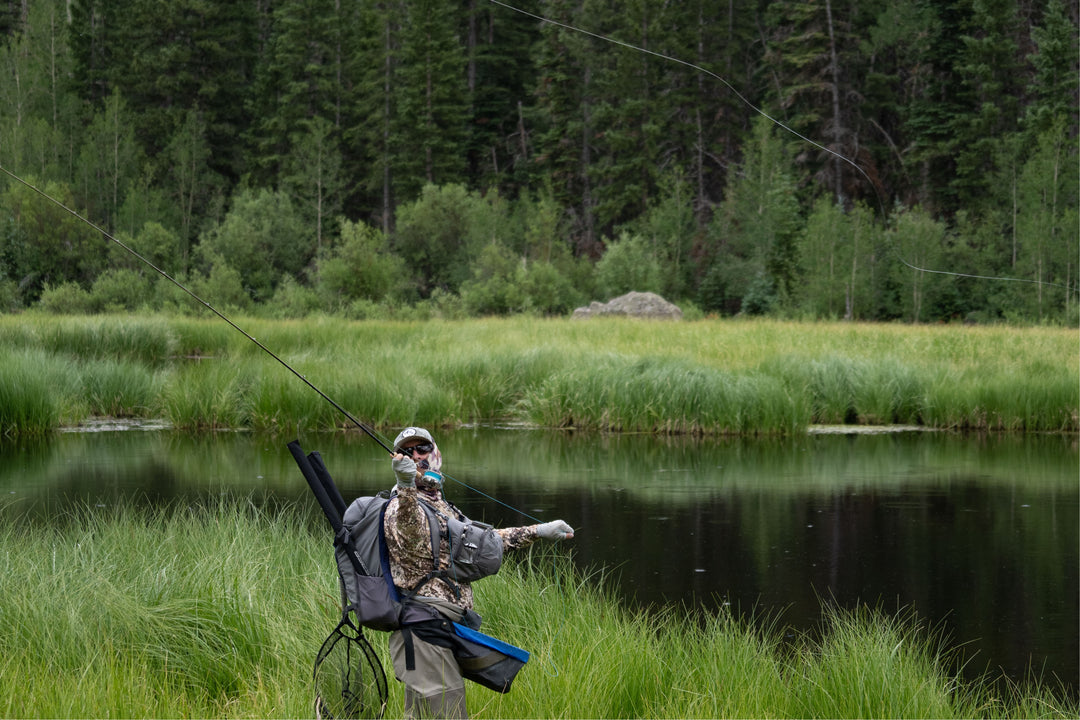Oregon ·
Owyhee River Fly Fishing Report - August 8/23/2025
OWYHEE RIVER FLY FISHING REPORT
Oregon — Tailwater Brown Trout and Rainbow Opportunities
Report Date: August 23, 2025 | Next Update: August 30, 2025
Current River Conditions
Conditions remain tailwater-style and fishable. Expect clear water and selective fish — good news if you fish presentation, poor news if you "bulk up" your rig. A few afternoon surface windows are opening with mayfly activity; otherwise nymphs and streamers are getting results.
Flows & Location
Tailwater releases below Owyhee Dam are low compared with spring: roughly ~230 cfs reported in the tailwater this August. That produces wadeable runs and clear pockets — fish will be looking up if you present well.
Tailwater releases below Owyhee Dam are low compared with spring: roughly ~230 cfs reported in the tailwater this August. That produces wadeable runs and clear pockets — fish will be looking up if you present well.
Primary Species
Wild/Tailwater Brown Trout (dominant)
Hatchery/Resident Rainbow Trout (present)
Note: big browns concentrated near deeper runs, undercut banks and structure.
Wild/Tailwater Brown Trout (dominant)
Hatchery/Resident Rainbow Trout (present)
Note: big browns concentrated near deeper runs, undercut banks and structure.
Water & Weather Notes
Water clarity: generally clear (highly visual)
Water temp: typical late‑summer tailwater range (expect mid‑50s°F in morning, warming slightly in sun).
Wind: variable afternoons — bring a low, effective leader for hatches.
Water clarity: generally clear (highly visual)
Water temp: typical late‑summer tailwater range (expect mid‑50s°F in morning, warming slightly in sun).
Wind: variable afternoons — bring a low, effective leader for hatches.
Access & Regulations
Popular tailwater access below the dam — expect hikers and boats at prime spots.
ODFW reported ongoing monitoring/tagging efforts in the tailwater; please report any tagged fish to ODFW and follow posted regulations.
Popular tailwater access below the dam — expect hikers and boats at prime spots.
ODFW reported ongoing monitoring/tagging efforts in the tailwater; please report any tagged fish to ODFW and follow posted regulations.
Hatch Chart & Insect Activity (Late August)
| Insect | Size | Activity Level | Prime Time |
|---|---|---|---|
| Pale Morning Duns (PMD) | #14–18 | Moderate — pockets of surface activity in late morning/early afternoon | Late morning to early afternoon |
| Blue‑Winged Olive (BWO) | #16–20 | Light to moderate — consistent undercurrent hatch | All day in shaded runs; stronger in low light |
| Caddis | #14–18 | Light — evening rise windows | Evening |
| Midges / Midges Pupae | #18–22 | Steady — useful as an indicator/nymph | All day, best in slow pockets |
| Terrestrials (hoppers, ants) | Attractors / #6–12 for hoppers | Good — especially on warm afternoons and near banks | Afternoon and evening |
| Stonefly nymphs / Rubbers | #6–12 | Present — good subsurface targets in runs and edges | All day subsurface |
Tactics & Strategy
• Early morning: indicator / euro nymph rigs on deeper seams and runs — fish are in pockets and off the main current.
• Midday: watch foam lines and banks for PMD/BWO activity — a well‑presented dry can produce quality browns.
• Afternoon & evening: terrestrials (hopper/dropper) and skittering caddis patterns; low light increases surface willingness.
• Streamer work: try olive/brown sculpin imitations and leech patterns around structure and deeper tails; slow strips with short pauses are effective on pressured browns.
• Tippet & rods: 4–6 wt for dries and most nymphing; 6–8 wt for big streamers. Tippet 4X–6X for dries, 3X–4X (or heavy braid/short shock tippet) for big streamers.
• Midday: watch foam lines and banks for PMD/BWO activity — a well‑presented dry can produce quality browns.
• Afternoon & evening: terrestrials (hopper/dropper) and skittering caddis patterns; low light increases surface willingness.
• Streamer work: try olive/brown sculpin imitations and leech patterns around structure and deeper tails; slow strips with short pauses are effective on pressured browns.
• Tippet & rods: 4–6 wt for dries and most nymphing; 6–8 wt for big streamers. Tippet 4X–6X for dries, 3X–4X (or heavy braid/short shock tippet) for big streamers.
Recommended Flies (Patterns & Links)
Below are patterns matched to the local activity. Click the pattern name for the shop page and match sizes to the hatch notes above.
| Pattern | Use / Notes |
|---|---|
| Libby's Salmonfly | Best for late‑summer stonefly/salmonfly windows and aggressive takes in shallow riffles — sizes #4–8 when stonefly activity or large rubberlegs are present. |
| Tungsten Pat's Rubber Legs | Prime nymph choice for stonefly/rubberleg presentations in runs and along seams (#6–10). Weighted for quick hook‑up into deeper pockets. |
| Keslar's Rubberleg Hare's Ear | Neutral profile nymph that mimics a range of nymphs; excellent as a point fly below a pair rig. |
| Stealth Link Mercer — PMD | Dry/emergent PMD pattern — carry #14–18 for the late morning surface windows; use a trailing emerger or small dropper when fish are picky. |
| Parachute — Blue Wing Olive | Classic parachute BWO for thin‑water rises and selectivity. Use small sizes and subtle presentation. |
| Corn‑fed Caddis (CDC) | Skittering or gentle dead‑drift caddis for evening activity; great in #14–18. |
| Olsen's Foam Front End Loader Caddis | High‑visibility foam caddis for rough water or when you need to spot your fly easily during low light. |
| Pheasant Tail — Tungsten | Universal mayfly nymph profile; fish it as a point or trailer in a two‑fly nymph rig (#14–18 for PMD, #12–16 for general mayfly work). |
| Tungsten Split Case Nymph — PMD | Performs well in the PMD nymph window and works as a search fly on an indicator or Euro rig. |
| Egan's Warrior Perdigon — Rainbow | Perdigon-style nymph for tight, fast drifts — excellent as a point fly in clear, low flows. |
| Sculpzilla (natural) | Sculpin/streamer imitation for aggressive brown trout — strip across tails of holes and along undercut banks with short, sharp strips. |
| Coffey's Articulated Sparkle Minnow — Sculpin #4 | Articulated sculpin for larger browns in deeper runs — works well on a 6–8 wt when fish are keyed on baitfish. |
| Cheech Leech — Black | Leech pattern that fishes well in tailwater slack pockets and around structure — effective on slow, tight strips. |
| Fancy Pants Hopper — Tan | Go‑to terrestrial for late summer afternoons — tie on as a dry with a small nymph trailer for hopper/dropper setups. |
Quick Rig & Presentation Checklist
- Nymphing: Indicator or Euro setup with a heavier tungsten nymph at the point (Pat's, Split Case, Pheasant Tail), lighter dropper ahead for micro mayflies.
- Dry fly: Long leaders, delicate cast, parachute/CDC for PMD/BWO windows; use a small emerger dropper if rises look tentative.
- Terrestrial: Hopper/dropper rig with a buoyant hopper and a stonefly or rubberleg dropper; fish edges and pocket water.
- Streamer: 6–8 wt rod, short strips with pauses; focus on structure, undercuts and deep tails.
Local Notes & Etiquette
The Owyhee tailwater is a prized, sometimes pressured fishery. Be stealthy around likely lies, yield to anglers already working a run and pack out everything you bring in. If you encounter a tagged trout, report the tag to ODFW as requested — that research helps keep the fishery healthy.




